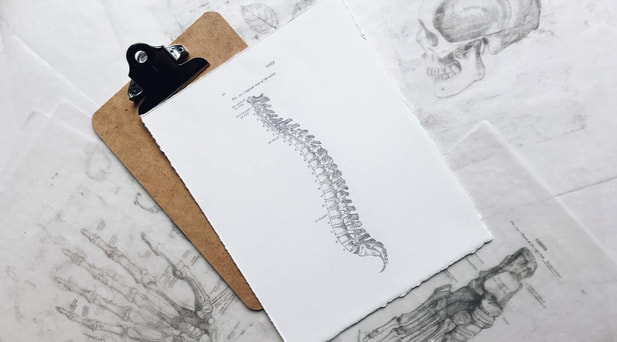- Home
- About Simon
- What is Osteopathy?
-
Patient Resources
- Desk Ergonomics
- Pectoral Stretch
- Self-hug stretch
- Upper Shoulder Stretch
- Pelvic Tilts
- Rotator Cuff
- Sphinx Stretch
- Banana Stretch
- Buttock Stretch
- Lower Spinal Twist
- Upper Spinal Twist
- Hip Flexor Stretch
- Hip Flexor Stretch 2
- Advanced Hip Flexor Stretch
- Quads Stretch
- Hamstrings Stretch
- Calf Stretch
- Puppy Pose
- Forearm Stretch
- Glute Bridge
- Glute Kick Back
- Bear Crawl
- Thread the Needle
- Wag the Tail
- Cat-Cow Variations
- Child's Pose
- Running Tips
- Shoulder Workout Advice
- Foot Strengthening
- Jaw Wobble
- Front Plank Leg Lift
- The Core
- 10min Back Workout
- Express Mobility Routine
- Upper Back Routine
- Lymphatic Drainage
- Sleep
- Why Rest After Treatment
- Health Reminders
- Your Visit
- Contact
- Other
TREATING PATIENTS WITH SCOLIOSIS
A scoliosis is a lateral curvature in the spine, meaning that if you look at someone with a scoliosis from behind, you may notice an S-shaped curve, rather than a straight column.
A scoliosis can either be:
- Functional (i.e. an adaptation to an asymmetry elsewhere in the body, or originating from an odd position of a local vertebrae — this is simply an adaptation to the environment) or
- Structural (i.e. the body of one or more of your vertebrae is wedge-shaped — this is the shape of your spine that has changed).
The osteopathic approach to treatment is slightly different in each cases. If the issue seems to be functional (this can be determined during the initial osteopathic examination), then it is a matter of adjusting your overall body to hopefully remove the need for the adaptation causing the scoliosis. If it is a local vertebra holding itself slightly turned one way then we need to adjust this locally. The idea is to normalise the lateral curve in the spine and this is usually done in a short course of treatment. If however it seems to be a structural scoliosis then I would go more in the direction of distributing workload throughout the spine and away from the problematic area to make you more comfortable, and allow the rest of your body to accommodate for it. Of course the aim is also to make your spine as straight as possible, but if it is a structural scoliosis with a wedged-shape vertebra we may not be able to straighten you fully. In this case you may benefit from a treatment every now and then to keep you comfortable, and I would also give you tips and exercises to help.
I don't use X-rays or scans with patients — yet of course we need to keep track of progress and make sure we are going in the right direction as we cannot just treat blindly and "hope for the best“. You can of course get an x-ray independently from your doctor and use this as a way to track progress, but it isn’t absolutely necessary. I use different strategies to track for progress and make sure to cross reference them. They include visual checks, keeping records of findings from one session to the next to keep track of progress, and an examination of how your back moves when you do certain simple movements to determine the area and extent of restriction. I also look at the context around the area of pain (pelvis, shoulders, etc) and this gives me clues as to what your body is trying to achieve. Of course patient feedback is also a tool that I use and I would expect you to feel more comfortable as treatment progresses.
As an osteopath, what I am interested in is the quality of the range of motion as well as how forces are distributed across your body. I see the body as a unit where each part influences the whole, and aim at making your body as resilient as possible. Osteopaths see the body as always trying to go towards health. This means I will be looking at what your body is trying to achieve and help it do so as comfortably and as effectively as possible.
I hope this answered some of your questions! Please don't hesitate to give me a ring if you have any more questions and hopefully we can work out the treatment that suits you best.
|
London Bridge - Crosby Row
Unit 1 Plantain Place Crosby Row London SE1 1YN |
Opening Hours
Monday 3.30pm - 7.30pm Tuesday 8am - 12pm Wednesday 10.30am - 1.30pm Thursday 3.30pm - 7.30pm Friday 3.30pm - 7.30pm Saturday 9.30am - 12.30pm |
Prices
1 hour Initial Consultation - £80 45min Follow-up Consultation - £70 |
|
© Copyright HartOsteopathy.com
Website Terms |

